

La Union is a province in the Philippines located in the Ilocos Region in the island of Luzon. Its capital is the city of San Fernando, which also serves as the regional center of the whole Ilocos Region.
The province is bordered by Ilocos Sur to the north, Benguet to the east, Pangasinan to the south and to the west by the shores of the South China Sea (West Philippine Sea).La Union, "The Union" in English, was formed in 1850 when the Spanish colonial government of Governor-General Antonio Maria Blanco merged the three southern towns of Ilocos Sur province, the nine northern towns of Pangasinan, and the western towns of Benguet to the east (Eastern Pais del Igorotes in the Cordilleras). Pangasinans were the majority in the new province because most towns had been in the province of Pangasinan.
On October 29, 1849, Governor General Claveria issued a promovido to fuse the Pangasinan-Ilocos-Cordillera areas into La Union. On March 2, 1850, Governor General Antonio Maria Blanco signed the Superior Decreto of La Union (34th province from Cebu-1565), with Captain Toribio Ruiz de la Escalera as the first Gobernador Military y Politico. Isabella II of Spain decreed the province's creation on April 18, 1854. In 1661, Andres Malong (Pangasinan) failed to recover La Union from the Spaniards after the Battle of Agoo. In 1896, the people of La Union began a revolt against the Spaniards, who had called La Union "Una Provincia Modelo" ("A Model Province"), led by Manuel Tinio Y Bondoc under Emilio Aguinaldo. The Americans collaborated with the Filipinos to end the Spanish.
Dr. Lucino Almeida became the Presidente Provincial of the American regime, followed by the appointment of La Union's first civil governor in 1901, Don Joaquin Joaquino Ortega.
On January 4, 1945, La Union was liberated by the Battle of San Fernando and Bacsil Ridge.La Union covers a total area of 1,497.70 square kilometres (578.27 sq mi) occupying the central‑southern section of the Ilocos Region in Luzon. The province is bordered by Ilocos Sur to the north, Benguet to the east, Pangasinan to the south, and to the west by the South China Sea.
La Union is 273 kilometres (170 mi) north of Metro Manila and 57 kilometres (35 mi) northwest of Baguio City. The land area of the province is 149,770 hectares (370,100 acres).
Like most of the Ilocos Region, the province is squeezed in by the Cordillera mountain range to the east and the South China Sea to the west. Yet, unlike other portions of Luzon and the Philippines' two other island groupings, the Visayas and Mindanao, La Union experiences a rather arid and prolonged dry season with little precipitation to be expected between the months of November and May.La Union has a total of 576 barangays comprising its 19 municipalities and 1 city.
The most populous barangay in the province is Sevilla in the City of San Fernando with a population of 10,612 in the 2010 census. If cities are excluded, Central East (Poblacion) in the municipality of Bauang has the highest number of inhabitants, at 4,249. Caggao in Bangar has the lowest with only 170.The population of La Union in the 2015 census was 786,653 people, with a density of 530 inhabitants per square kilometre or 1,400 inhabitants per square mile.
The province is predominantly Ilocano (over 90% based on recent[when?] census data) and Roman Catholic.[citation needed] Communities of Pangasinans thrive mostly in the southwestern portion of the province while Cordillerans live in the Cordillera foothills. In September 2012, the province of La Union passed an ordinance recognizing Ilocano (Iloko) as an official provincial language alongside Filipino and English, as national and official languages of the Philippines, respectively.
According to the Philippine Statistics Authority report in 2012, the province has the longest life expectancy in the country at 78.3 years.
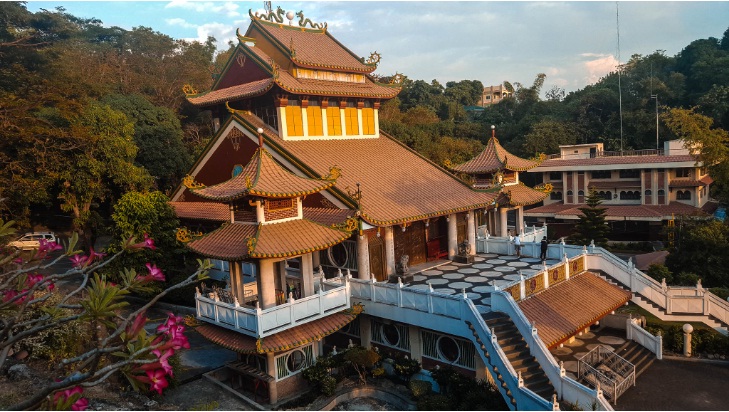
The Ma-Cho, Mazu or Ma Cho Temple is a Taoist temple to the Chinese sea-goddess Mazu located on Quezon Avenue in Barangay II, San Fernando, La Union in the Philippines. It was built in 1977 by a group of Filipino-Chinese devotees under the leadership of Dy Keh Hio and with the support of former Tourism Secretary Jose D. Aspiras.
Mazu (Ma-zeun) is the deified form of the medieval Fujianese teenager Lin Moniang. Mazuism is not formally recognized as a religion by either Mainland China or Taiwan, but remains a popular folk belief in Fujian and on Taiwan. The temple in San Fernando was erected in 1975.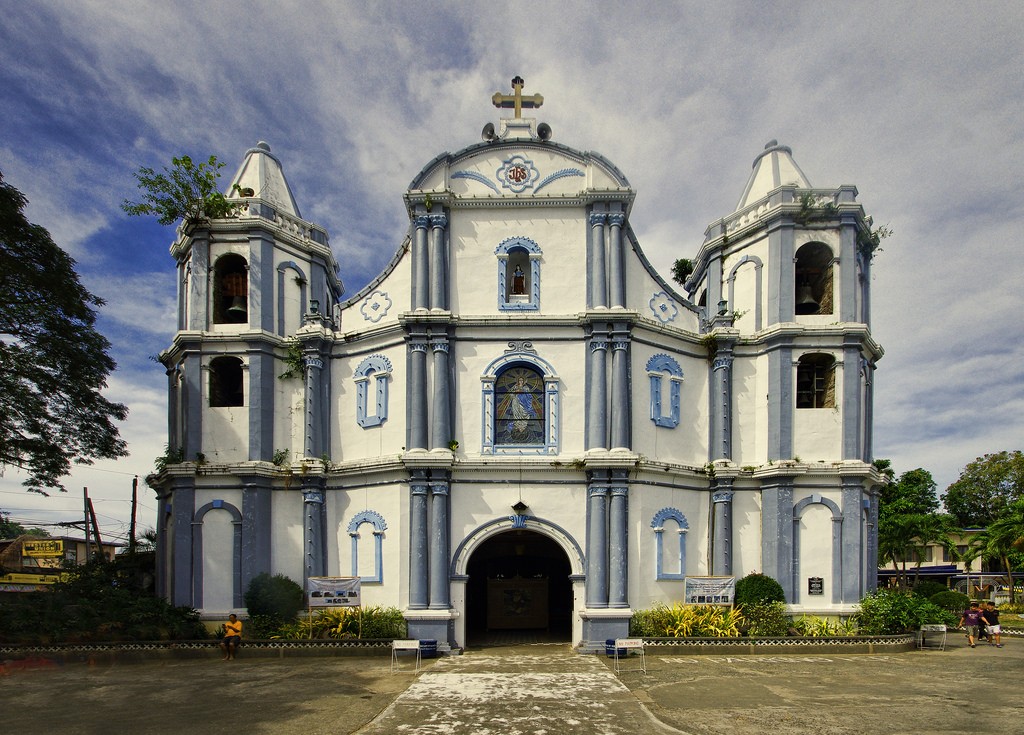
Since 1587, Namacpacan was a visita of Purao (presently known as Balaoan). In November 25, 1690, the town was founded and a parish under the advocacy of Saint Catherine of Alexandria was canonically erected. The first church of Namacpacan was built under the supervision of Father Mateo Bustillos, the parish priest from 1695 to 1697. The original site of the church was in Darigayos, a barrio of Namacpacan and was transferred in 1741 to its present site.The image of the Our Lady of Namacpacan was enshrined in the church in 1871.
The church was reinforced with masonry and galvanized iron roof. It was heavily destroyed by an earthquake in 1854. Through the efforts of Father Marcelino Ceballes, the church was restored and the convent was widened in 1876.
The Namacpacan Church also known as the Santa Catalina de Alejandria Church is a Roman Catholic church located in Luna (formerly Namacpacan), La Union, Philippines under the jurisdiction of the Roman Catholic Diocese of San Fernando de La Union. Formerly called as Luna Church, the church is placed under the advocacy Saint Catherine of Alexandria in 1690 and known for its devotion to the Our Lady of Namacpacan.
The church was declared a National Cultural Treasure by the National Museum of the Philippines.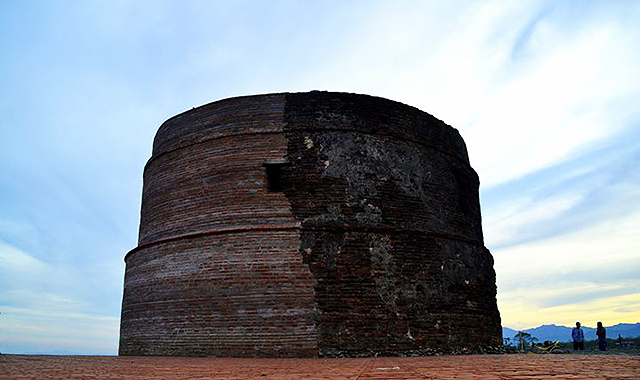
The town of Luna, La Union (formerly called Namacpacan and now named after one of the town’s famous sons, Gen. Antonio Luna and Juan Luna) is the home of one of the historical landmarks that denote La Union’s rich history.
The Luna Watchtower was built during the pre-Spanish times as a lookout point for impending attack by pirates or danger from the sea. Because of its massiveness and height, guards were able to warn the residents of Luna and prepare the peace officers to defend the properties and lives of their constituents. Like a guardian looking over its subjects, this ancient structure had served its purpose very well for countless times in the past.
Today, the mighty Baluarte sits on the pebbled beach of Luna. The watchtower stands in disarray, vertically cut in two because of eroded base and foundation. Its two halves stand with concrete post supports on its sides.
Time will come and this historic landmark will be finally washed away, but the Baluarte that once became a witness of Luna’s heroism will continue to be a symbol of the people of Luna, strong and united like its cemented bricks.
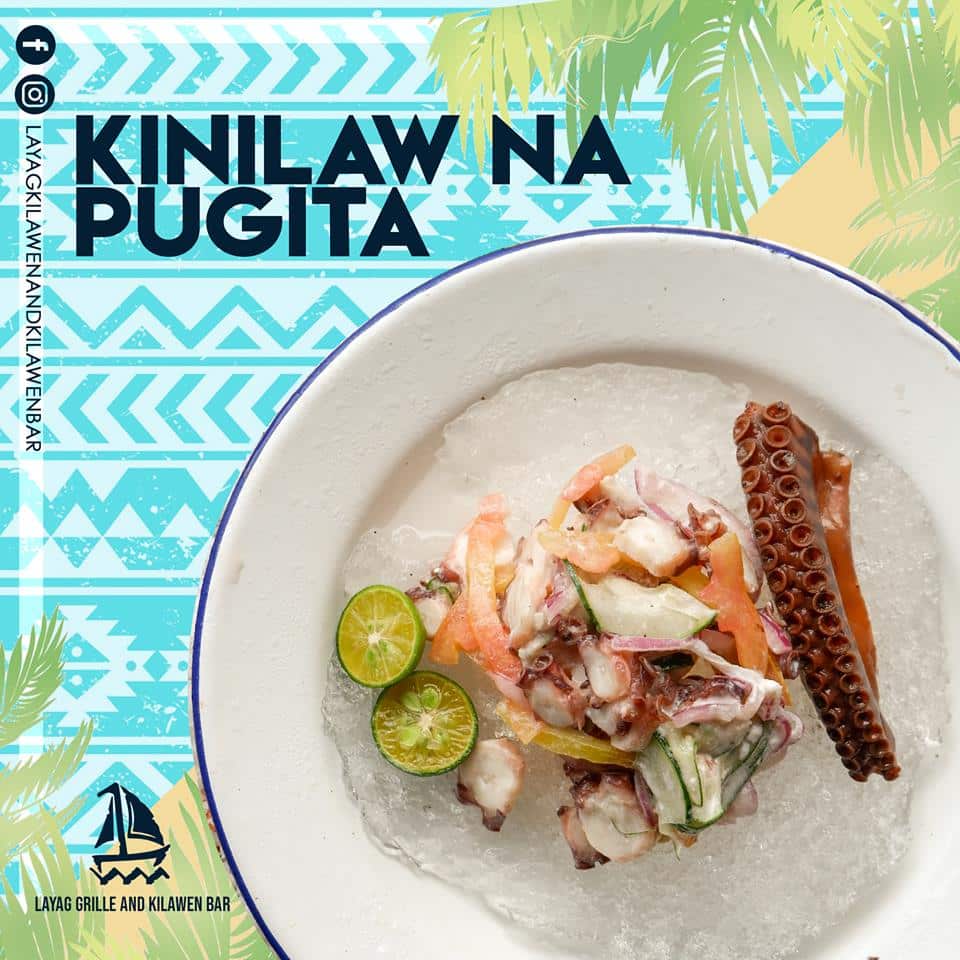
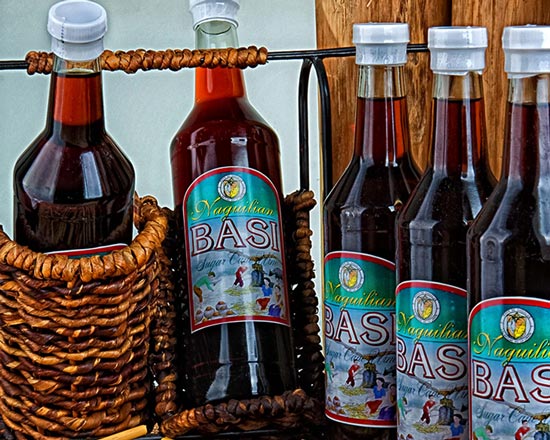
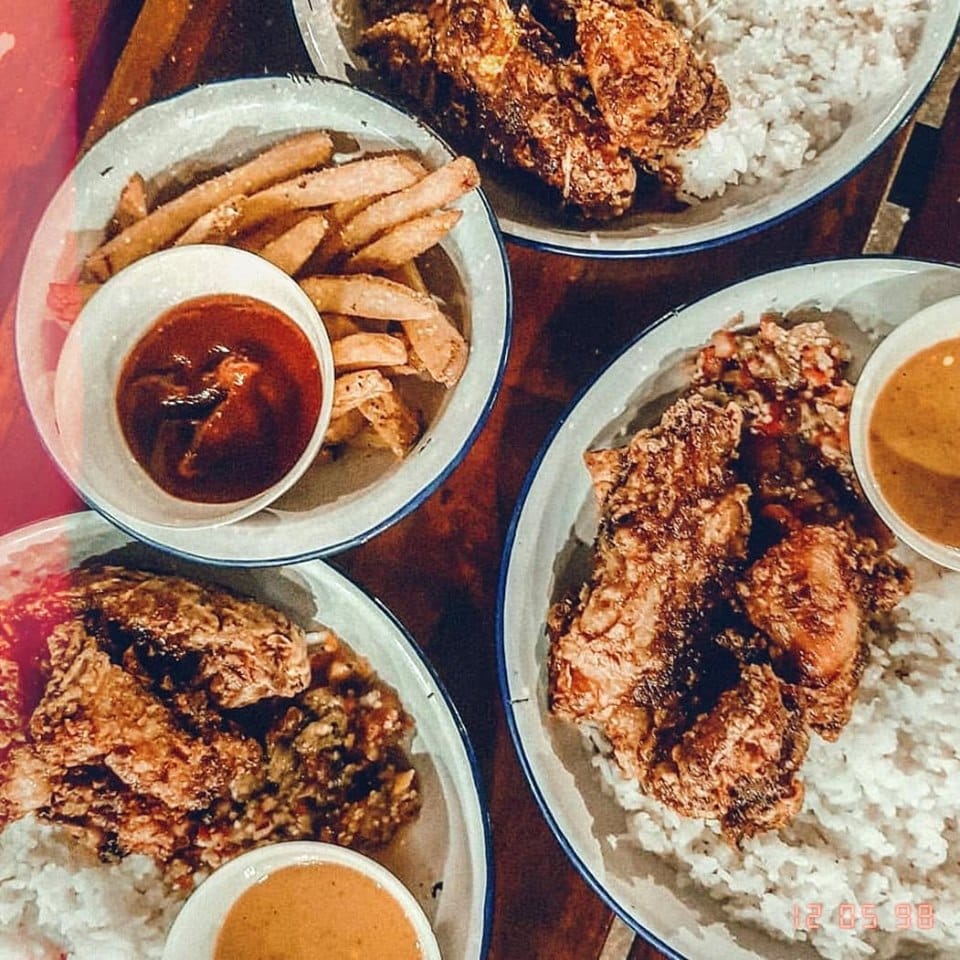
Named after what literally means as cockfight, Sabong Fried Chicken may be the baddest and meanest bird in town. It serves three kinds of flavored fried chicken.
With the Sabong Fried Chicken of San Juan, fried chicken can never get boring. The place boasts of the highly acclaimed La Union’s signature fried chicken with three unique flavors: Elyu original, Korean soy garlic, and Honey Bagoong. |
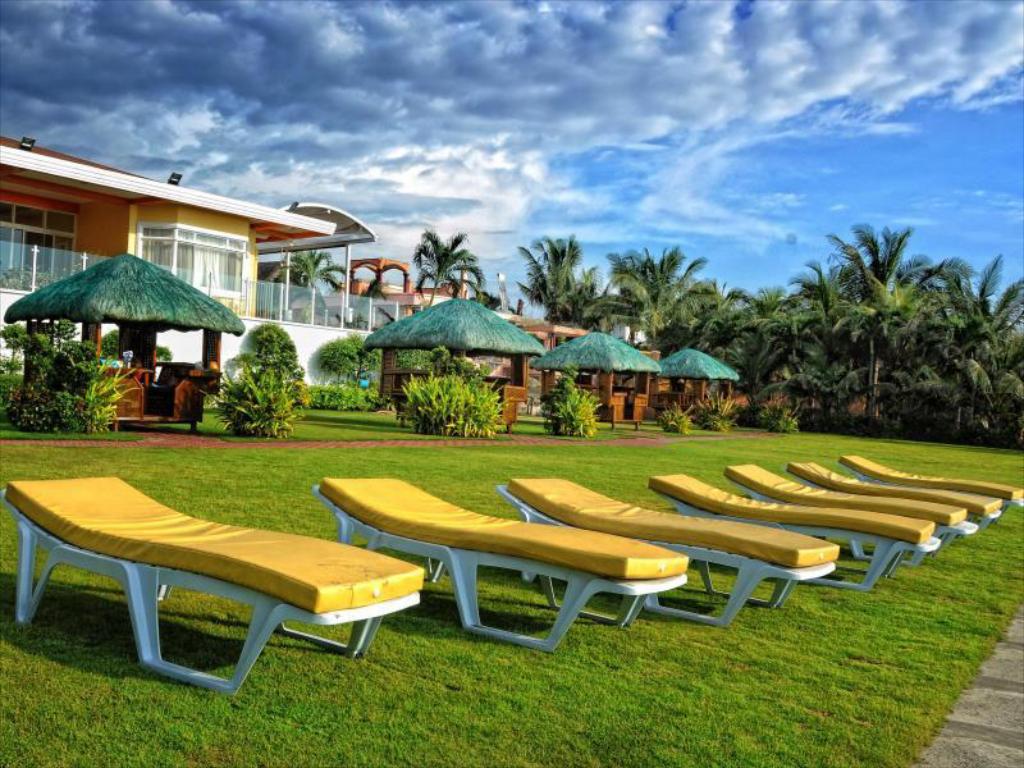 |
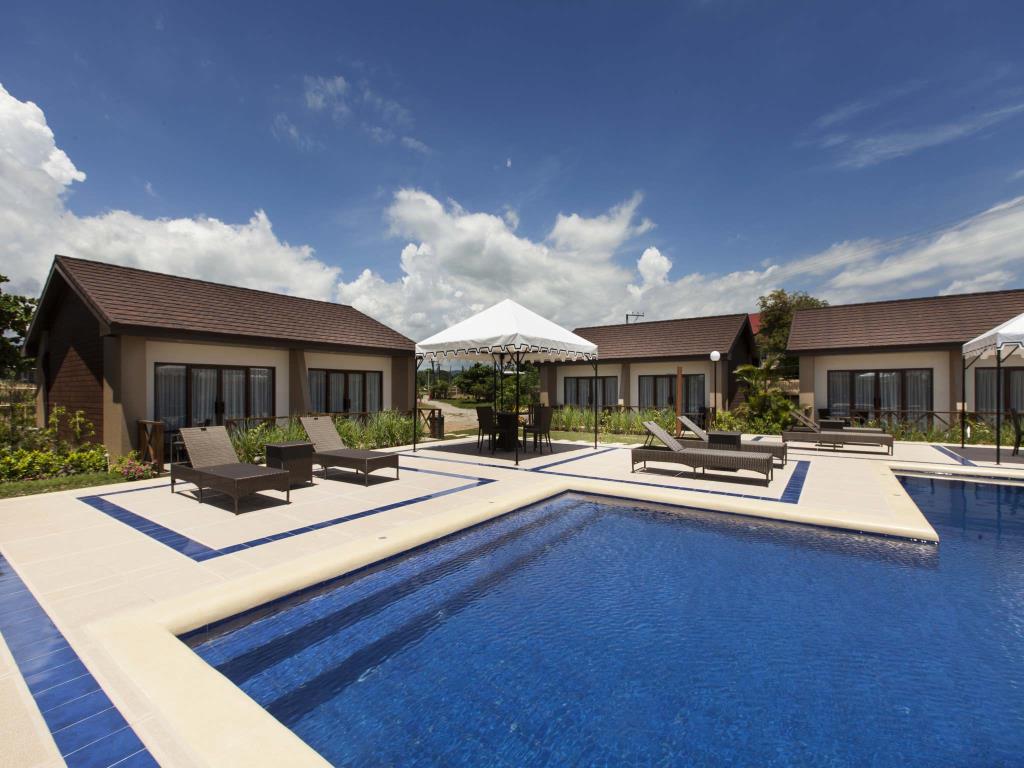 |
 |
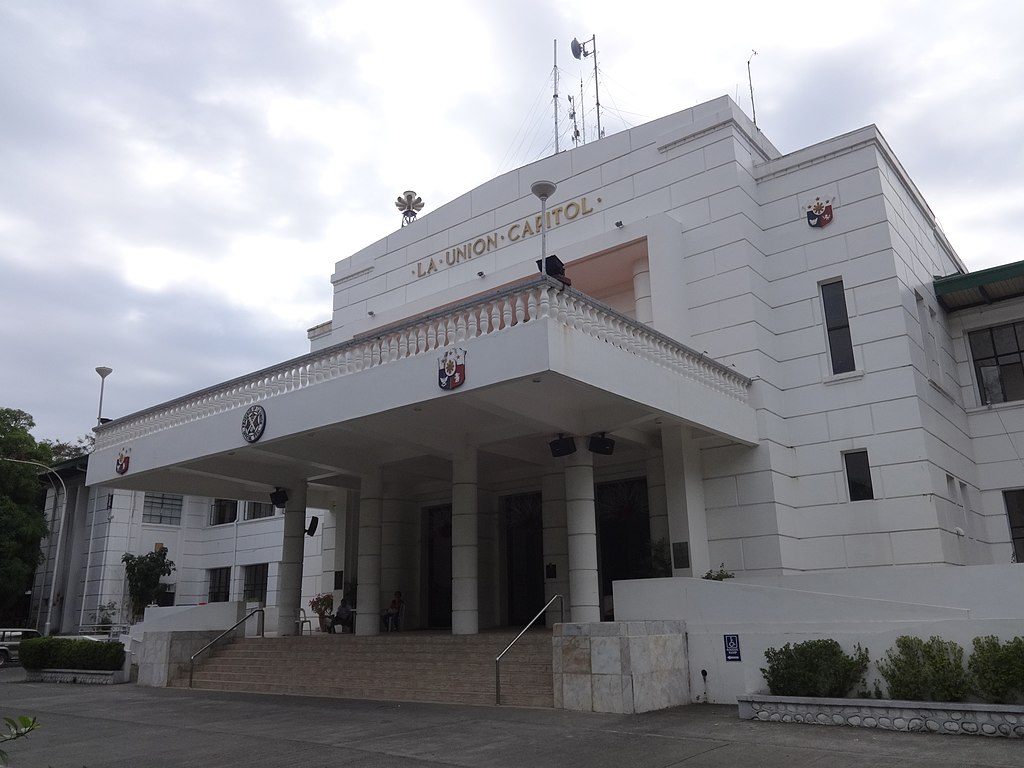 |
 |
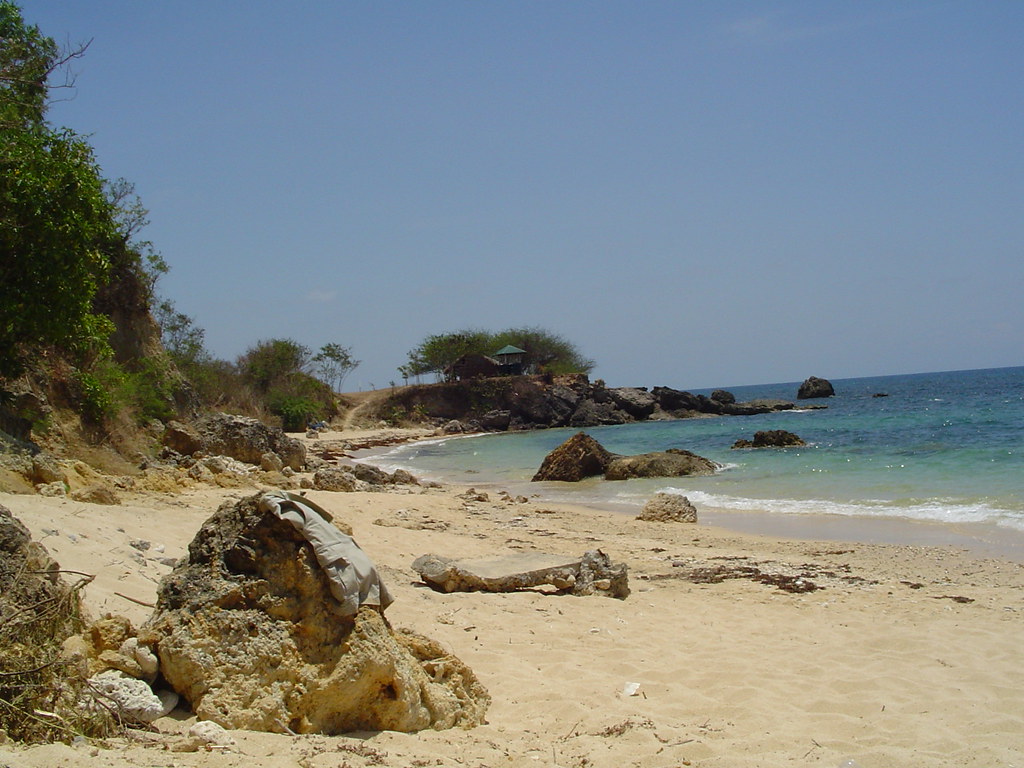 |
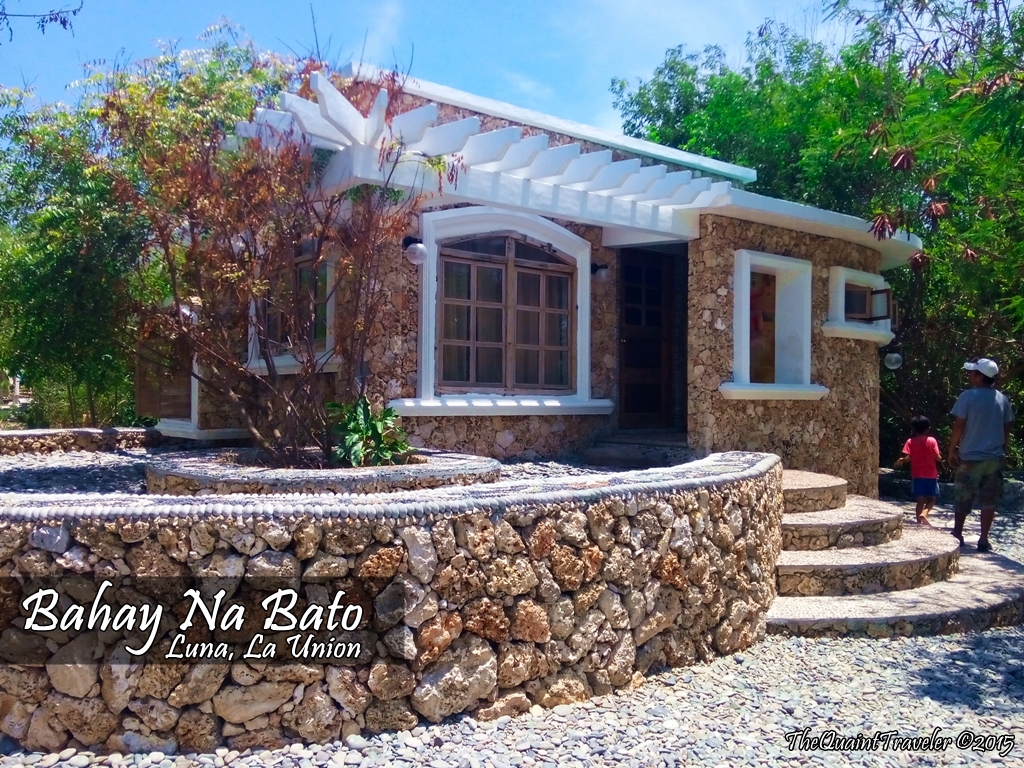 |